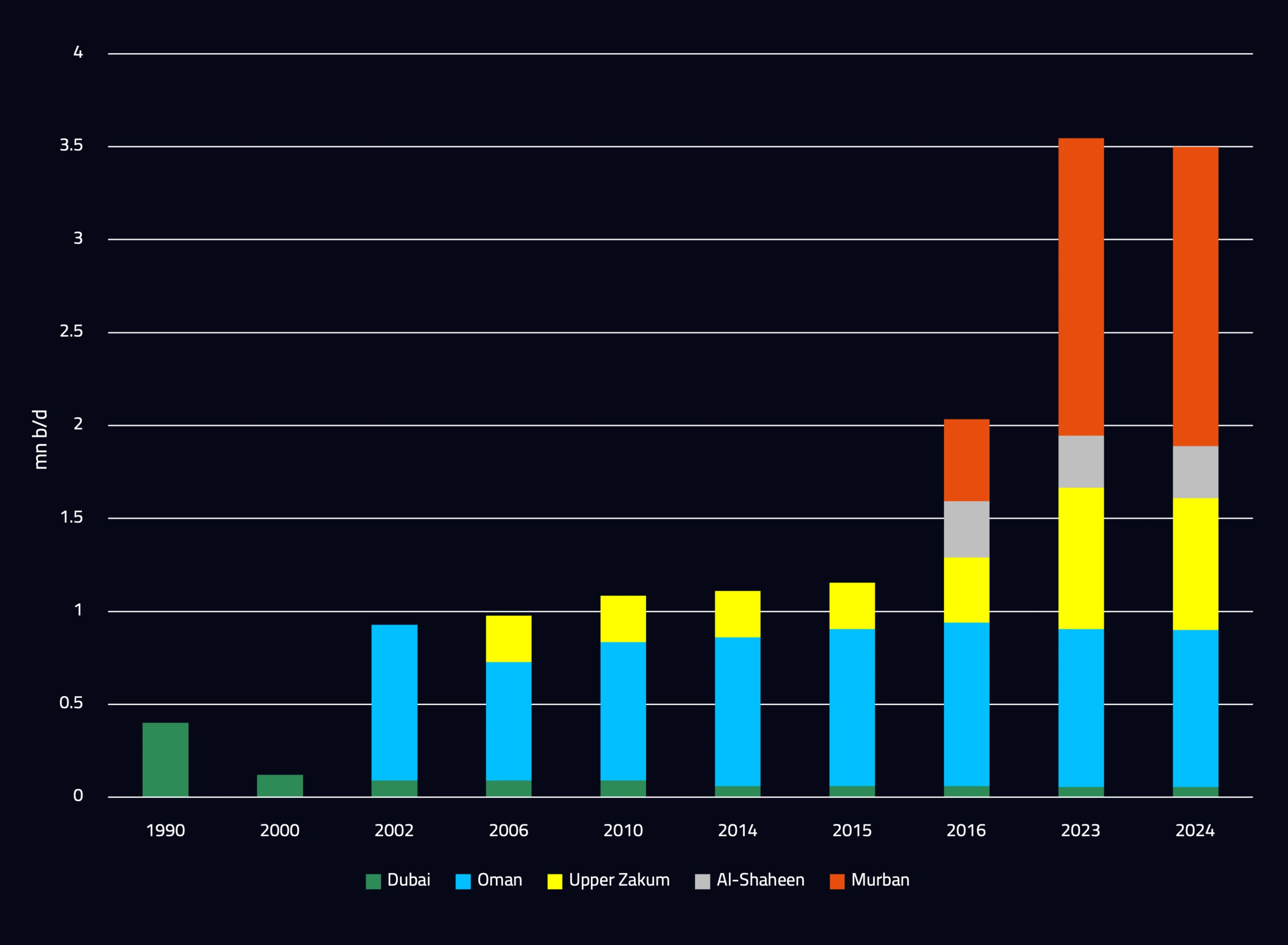November has seen an unprecedented level of spot activity in the east of Suez crude market, as refiners move to reshuffle crude flows following U.S. sanctions on Russian oil companies Lukoil and Rosneft.
Indian refiners, who are among the most impacted by the sanctions, have put out record number of tenders to buy non-Russian crude. The buying spree has been helped by historically low Brent-Dubai EFS spreads, that has made access to Atlantic basin crude more economic. The Brent-Dubai spread spent last week in negative territory for the first time since March and was hovering at a small premium US$0.23/bas of 19 November.

Strong selling interest in the Brent window has contributed to Brent’s weakness relative to Dubai, whereas the Middle East benchmark has been propped up by active spot demand for crude coming from the region as replacement for Russian barrels.
With the negative Brent-Dubai EFS last week, Asian refiners (especially Indians) increased their purchases of U.S. and WAF crude. Indeed, it was heard that IOC, HMEL and BPCL collectively purchased around eight WAF cargoes via tenders during that period. The Brent-Dubai EFS has flipped back into positive territory but remains narrow enough to entice US$0.23/bas of 19 November.

.png)



.webp)




